The TV That Time Forgot: How to Marry a Millionaire
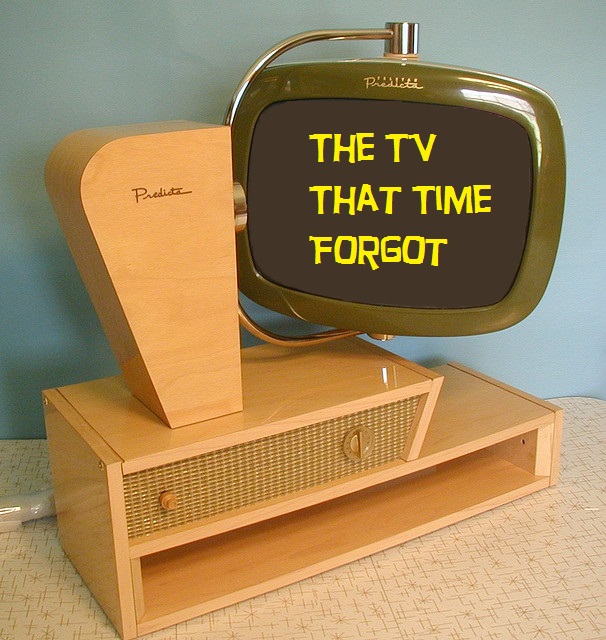 How to Marry a Millionaire is a classic Hollywood comedy of the 1950’s. How many remember that there was a short-lived TV version of the film, one that co-starred a young actress named Barbara Eden?
How to Marry a Millionaire is a classic Hollywood comedy of the 1950’s. How many remember that there was a short-lived TV version of the film, one that co-starred a young actress named Barbara Eden?
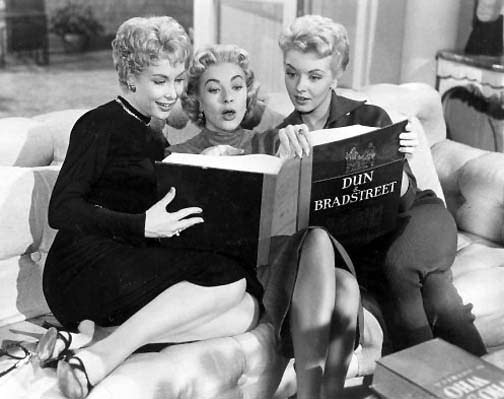 The How to Marry a Millionaire TV series was one of the first times they made a hit movie into a weekly TV show. Frankly, it’s not remembered today because it was slightly less successful than M*A*S*H.
The How to Marry a Millionaire TV series was one of the first times they made a hit movie into a weekly TV show. Frankly, it’s not remembered today because it was slightly less successful than M*A*S*H.
The movie came out in 1953. It wasn’t until 1957 that National Telefilm Associates (NTA) got around to producing their TV version. While the show was not carried by the three major networks, NTA did manage to sell it to 115 local stations around the country.
The premise was the same as the movie – and terribly dated by today’s standards. Three attractive young women pool their resources in an attempt to trick wealthy men into marriage. They rent an upscale apartment in New York and attempt to mingle with the upper crust. Their building manager is eager to break their lease and throw them out in the street.
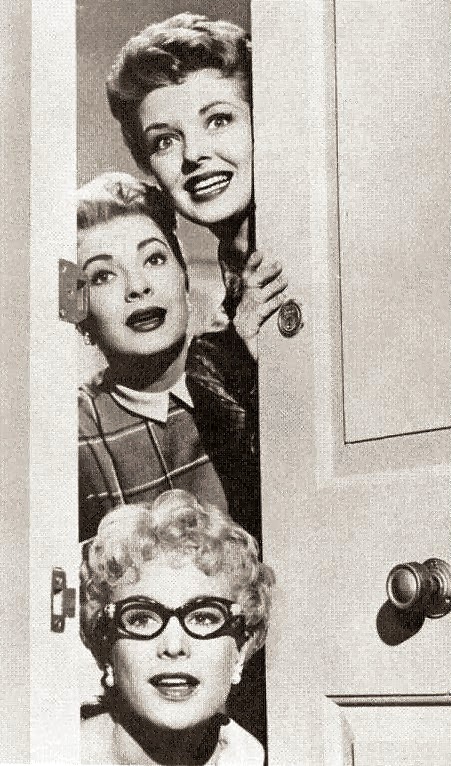
Initially, their apartment manager was played by veteran character actor Dabs Greer. (One of Greer’s final on-screen appearances was in The Green Mile as the much older version of Tom Hanks’ character.) For reasons lost to time, Greer was replaced by Joseph Kearns midway through the first season. (Kearns is today best remembered for playing Mister Wilson on the Dennis the Menace sitcom.)
How to Marry a Millionaire was fairly successful for a syndicated show and a second season was ordered. Lori Nelson was replaced for the second season. Nelson claimed it was because she didn’t like her part. Others claimed Nelson was fired because of attitude problems. In any event, her character was said to have gotten married to a man who owned a gas station in California. Lisa Gaye was added to the cast as Gwen Kirby, newly arrived in Manhattan, who answer a roommate wanted ad and joins the other two girls.
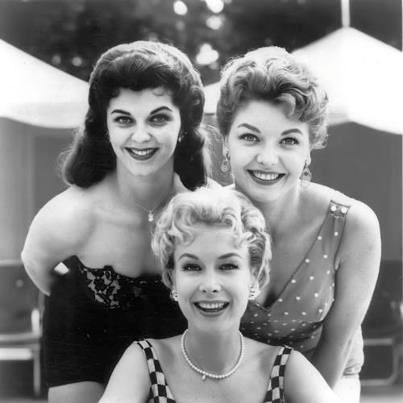 But it wasn't for long. Only 13 episodes were ordered for a second season (not unusual for syndicated series in those days). There would never be a third season.
But it wasn't for long. Only 13 episodes were ordered for a second season (not unusual for syndicated series in those days). There would never be a third season.
While Eden achieved TV-land immortality with I Dream of Jeannie eight years later, the other three females never saw their careers flourish.
Because so few episodes were produced (53 in all), How to Marry a Millionaire had limited appeal in reruns and by the mid-60’s had disappeared completely. The entire series is available (primarily due to Ms. Eden's subsequent fame) on DVD.
Weird Scenes Inside the Gold Mine

Stories Behind Classic Rock Songs
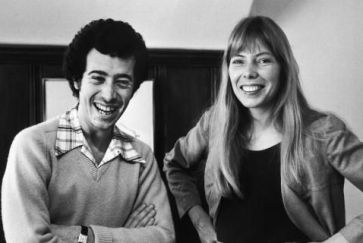
At the height of her career, Joni Mitchell took a trip to Paris with a small group that included the head of her record label, David Geffen. She wrote “Free Man in Paris” about the music mogul shortly after their return.
For his part, Geffen always claimed the lyrics made him sound more unhappy with the music business than he really was.
The Golden Fleecing
You see the ads for this kind thing on the cable channels in the wee small hours of the morning. Buy gold or silver as a hedge against bad economic times. But many of the companies touting gold or silver are really only making one entity rich: themselves.
Here’s what you need to watch out for:
- The Bait Frequently, these companies use deceptive marketing to make you think you’re getting gold or silver at only a slight mark-up over the current market value.
- The Switch Once you are actually speaking with a salesperson, they will try and switch you to investing in “collectible coins.” You’re told that these are appreciating much faster than gold or silver.
- The Catch Often you will be sold coins at a markup so high, you will never recover what you’ve paid.
One of the oldest adages in investing is true here – invest in what you know. If you don’t know about collectible coins, don’t invest. Or seek out a local expert in your area and consult with them face-to-face.
This Day in Rock History - September 6th
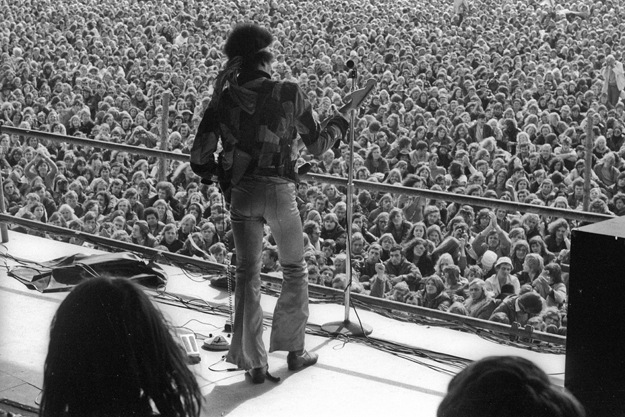
1970: Jimi Hendrix performs for an audience for the last time. He headlines the Open Air Love and Peace Festival in Fehmarn, Germany. Less than two weeks later, he will be gone.
Bill Murray as the Human Torch?
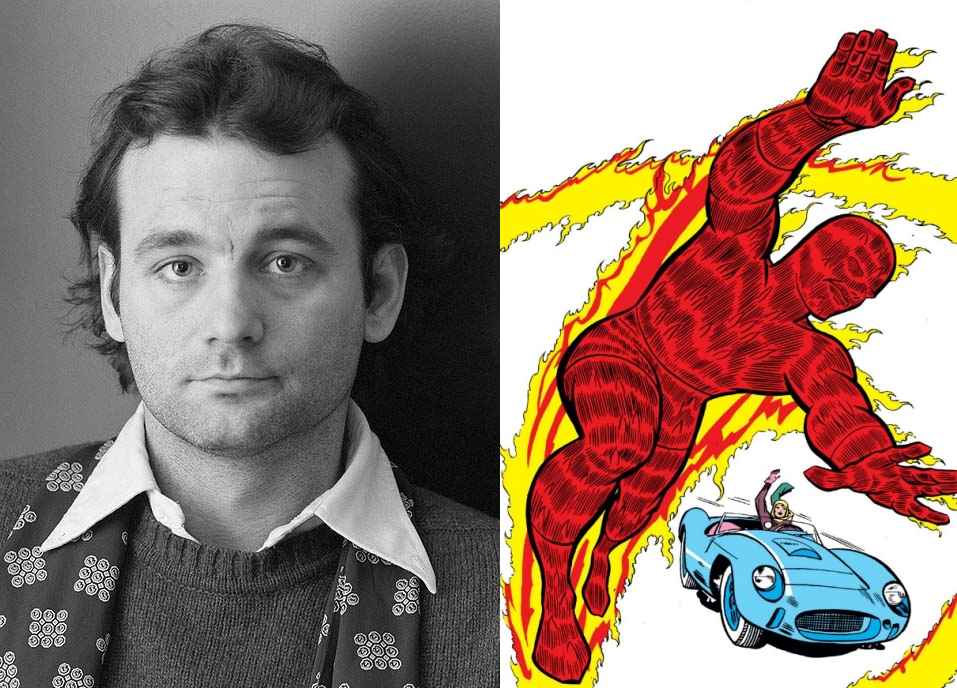 Yes, it really happened! Bill Murray has portrayed a Marvel super-hero. The year was 1975 and Marvel was trying to expand from Saturday morning TV into the world of radio. So they spent $47,000 on a Fantastic Four radio series.
Yes, it really happened! Bill Murray has portrayed a Marvel super-hero. The year was 1975 and Marvel was trying to expand from Saturday morning TV into the world of radio. So they spent $47,000 on a Fantastic Four radio series.
Murray was a struggling comic who had migrated from Chicago to New York. He was already working on The National Lampoon Radio Show, but picked up extra work when he was cast as Johnny Storm a.k.a. The Human Torch!
The shows were all adaptations of the very early issue of the Fantastic Four comic books of the early 1960’s. They were narrated by none other than Stan Lee himself. They are the cheese fest you would expect with all of Lee’s breathless, over-the-top prose and Murray faithfully shouting the Torch’s catchphrase “Flame on!” in every episode.
Sadly, the series lasted only 13 episodes and earned a paltry $22,000.
Oh, John Belushi was up for the part of the Thing, but was turned down.
A year later, Murray replaced Chevy Chase on the second season of NBC’s Saturday Night (it wouldn’t become Saturday Night Live until near the end of the second season). And the rest is show biz history!
Those Crazy Teenagers - 21st Century Style
Now that we're in the 21st Century, I'm sure we all recognize how true the view from 1952 was!
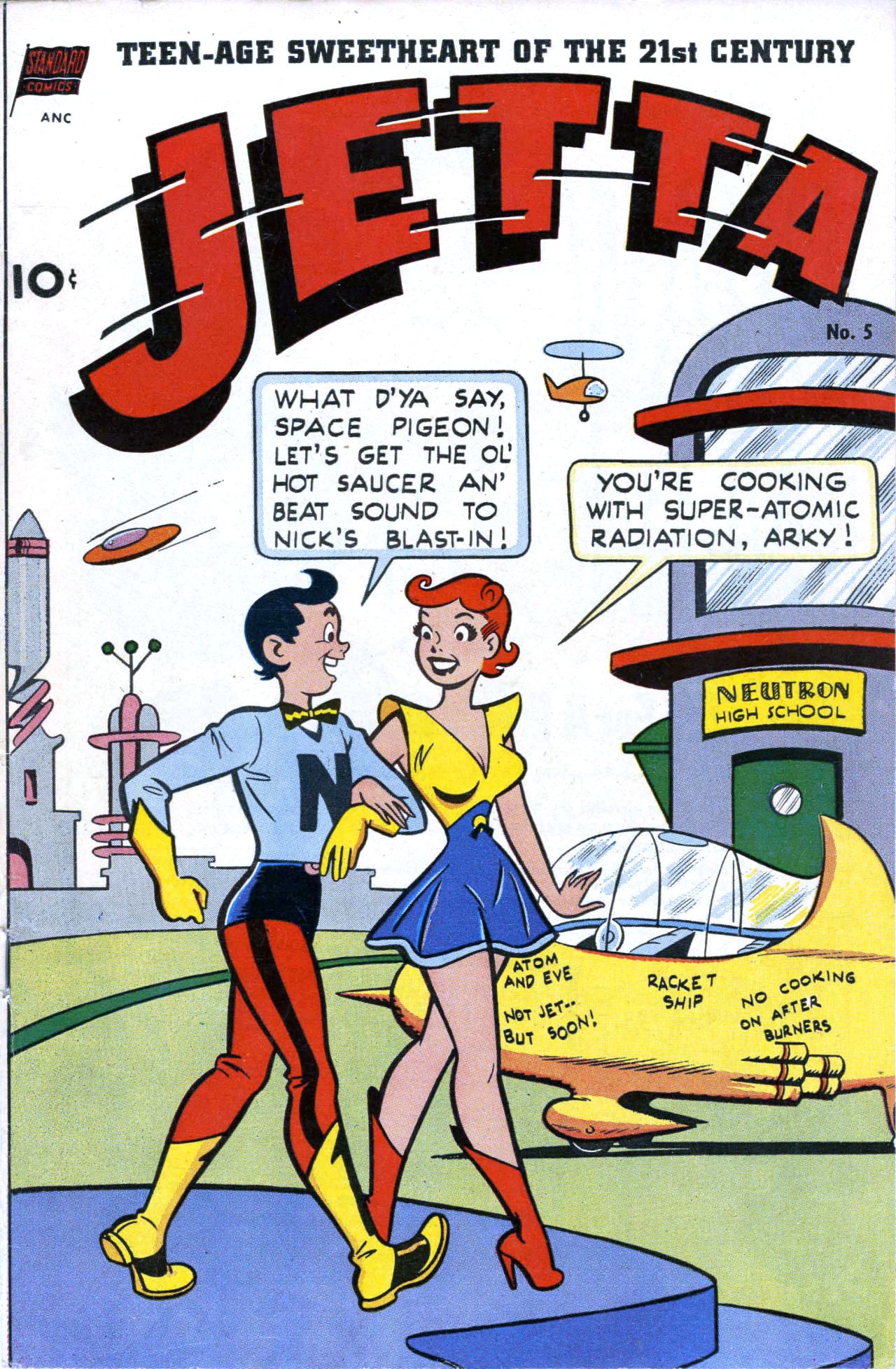
Tips for Better Sleep
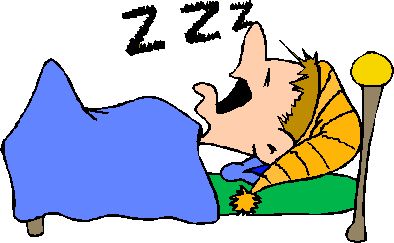 As we grow older, many of us begin experiencing trouble sleeping through the night. If you find yourself waking up in the dark multiple times during the night, try these “sleep hacks” to getting a good night’s rest:
As we grow older, many of us begin experiencing trouble sleeping through the night. If you find yourself waking up in the dark multiple times during the night, try these “sleep hacks” to getting a good night’s rest:
- Stay in the Dark – If you do wake up, don’t turn on a light, check your cell phone, or get up to watch TV. This can mess up your internal clock and make you more likely to wake up at the same time the next night.
- Upgrade Your Bedding – Is your pillow worn out or uncomfortable? How long has it been since you replaced your mattress? New bedding may be your ticket to dreamland!
- Stick to a Schedule – Our internal clocks are not as adjustable as they once were. Try and keep your bed time and the time you rise the same – 7 days a week. (No matter how tempting it may be to sleep in on Saturday morning.)
This Day in Rock History - September 5th

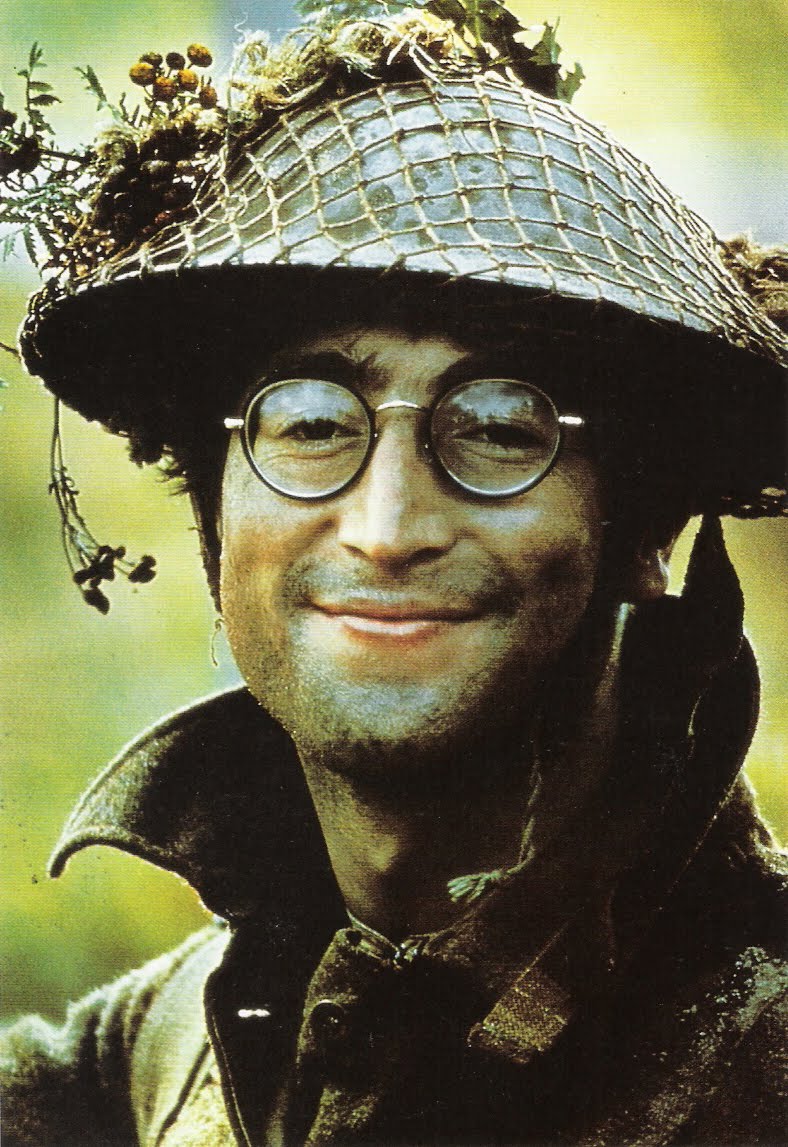 1968: John Lennon departs England for Germany, where he will begin filming his only non-Beatle related movie role, as Pvt. Gripweed in How I Won the War.
1968: John Lennon departs England for Germany, where he will begin filming his only non-Beatle related movie role, as Pvt. Gripweed in How I Won the War.
While this Richard Lester-directed comedy about World War I has been largely forgotten now, Lennon loved the old fashioned glasses worn by his character. He continued to wear them and touched off a fashion craze for wire-framed glasses that has never really gone away.
This Day in Rock History - September 4th

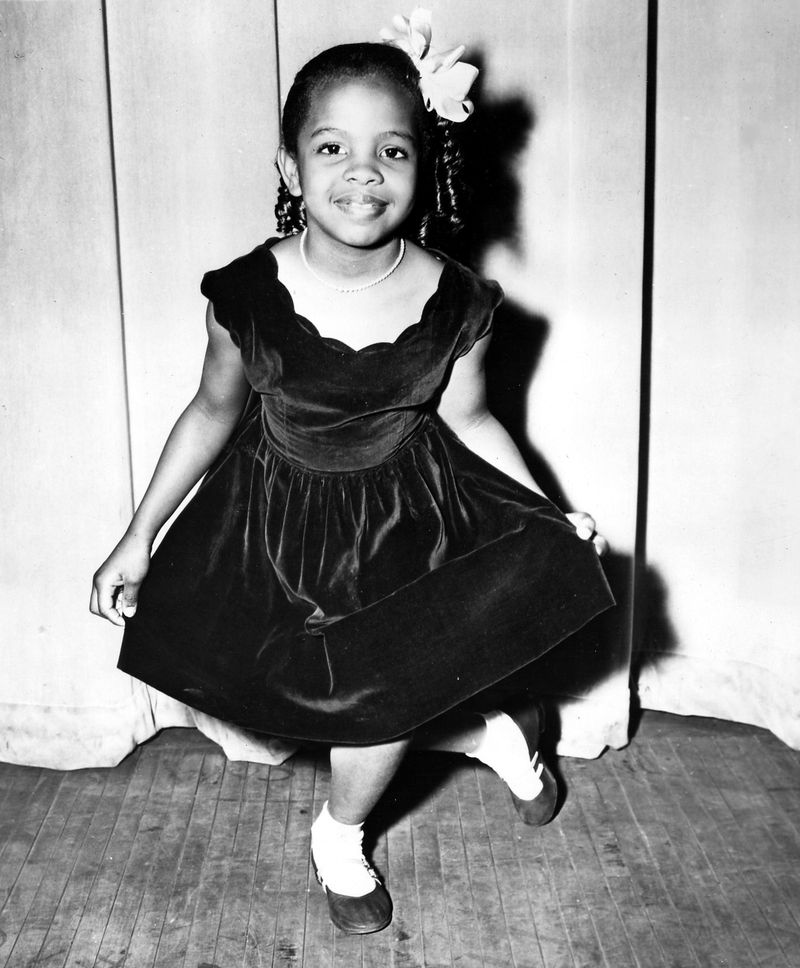
1952: At a birthday party for her cousin, Bubba, eight-year old singing sensation Gladys Knight forms a back-up group consisting of Bubba and two other cousins. They name themselves The Pips after another cousin (and their manager), James “Pip” Woods.
This Day in Rock History - September 3rd
 1970: The very first of the phenomenon known as “bootleg” records, a set of outtakes from Bob Dylan, called The Great White Wonder, reaches a sales peak of 350,000 copies.
1970: The very first of the phenomenon known as “bootleg” records, a set of outtakes from Bob Dylan, called The Great White Wonder, reaches a sales peak of 350,000 copies.
While most well-known bands from The Beatles to Led Zeppelin will have bootlegs of their material released through the years, it is the concert performances of The Grateful Dead and Bruce Springsteen that provide the highest number of bootlegs.
Pop Up Player
Latest Posts–Movies & TV
-
The TV That Time Forgot: Annie Oakley
There was a time when Westerns dominated television programming so thoroughly that it was tough (with no home video, no streaming, and just 3 networks if you lived in a city big enough to have…
-
The TV That Time Forgot: My Living Doll (1964-65)
For a show that lasted only a single season, a surprising number of Baby Boomers remember the situation comedy My Living Doll. Perhaps that’s because once seen, Julie Newmar cannot easily be forgotten. The situation…
-
Alfred Hitchcock Presents
While often lumped together with “The Twilight Zone” and “Boris Karloff’s Thriller,” “Alfred Hitchcock Presents” is the true original, debuting 4 years before TZ and 5 before “Thriller.” Alfred Hitchcock’s show was also different than…
-
The TV That Time Forgot: The Donna Reed Show
For 8 seasons, The Donna Reed Show provided Baby Boomers with a sort of Mother Knows Best amid a ton of family sitcoms focused on the father. Cast as Donna Stone, Donna presided over a…
-
Friday Night at the Drive-In: Lover Come Back (1961)
Sequels & remakes? Nothing new here – Hollywood’s been recycling stuff ever since the first “magic lantern shows.” Want proof? Let’s settle in to watch one of those terribly puritanical “sex comedies” from the Sixties…
-
The TV That Time Forgot: The Millionaire
Boy! Could we use a show like this in real life! From 1955 to 1960, for 5 seasons an eccentric millionaire would give away $1 million to somebody he never even met. We were allowed…



